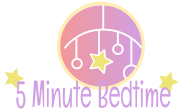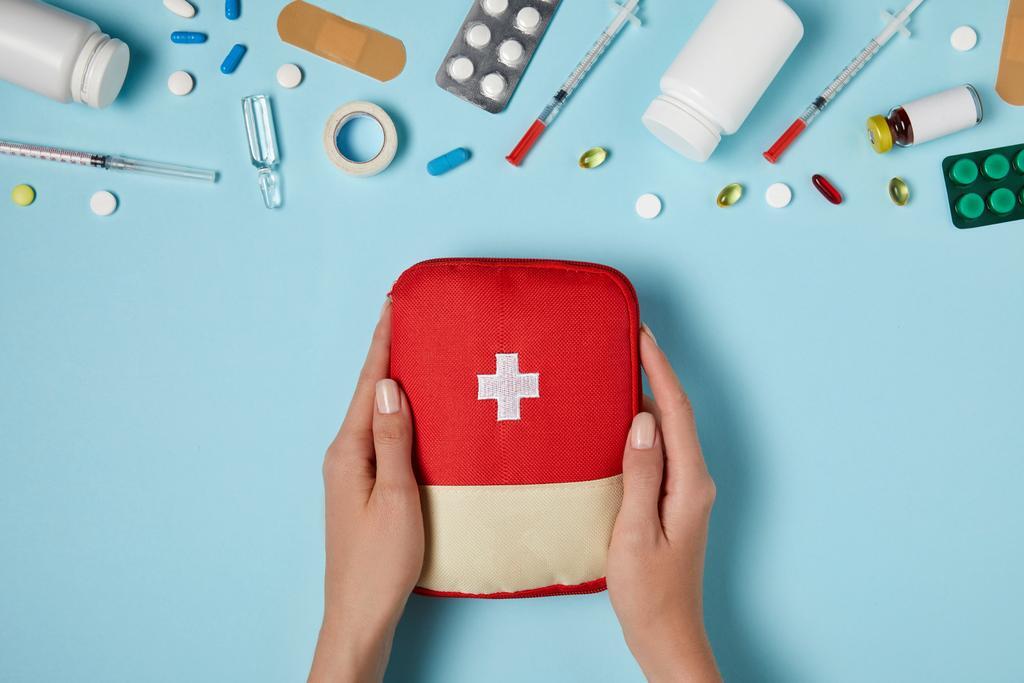Having kids around makes everything so happening. They are often in quest of finding answers to the unknown, trying new things and opting for adventures that are a bit too big for them.
With all these DIYs that the kids opt for, it is natural to get hurt. There is nothing much you can do to stop them.
However, you must be ready to provide them with the necessary first aid when they do. Small bruises and cuts are often simple to deal with, but there could be some serious situations where a specialized process should be followed. You should know about basic first aid for the injuries and medical conditions the kids might encounter in such a situation.
Knowledge about the first aid procedure for different conditions can help you remain calm and handle the situation without getting overwhelmed.
In this article, we aim to provide some common first aid procedures that can help you as a parent or caregiver deal with common injuries and emergencies. But before we get to the exact procedures, let us highlight the importance of first aid and what should be part of your first aid kit.
Importance of First Aid:
First aid is the immediate care offered to an injured or ill individual before medical help arrives. By providing the appropriate first aid, you can stabilize the condition of the injured kid and prevent it from worsening.
Your provided care can limit the damage or loss the kid might have otherwise gone through. Also, you can reduce the discomfort or pain the affected kid might experience.
To provide proper first aid, it is important to remain calm, assess the situation and act promptly. Your ability to manage your nerves at this stage determines the procedure’s success.
Assembling a First Aid Kit:
Although it is essential to maintain a first aid kid in every home to deal with emergencies, it gets even more important when you have kids or are particularly looking after kids in a daycare or are a babysitter.
Here are some essential items to include:
- Adhesive bandages (various sizes)
- Sterile gauze pads and adhesive tape
- Antiseptic wipes or solution
- Tweezers and scissors
- Disposable gloves
- Instant cold packs
- Calamine lotion or hydrocortisone cream
- Digital thermometer
- Over-the-counter pain relievers for children
- Emergency contact numbers (local hospitals, pediatricians, poison control)
Common Injuries and First Aid Procedures:
Kids might encounter several problems requiring you to provide them with first aid. In some cases, first aid is the only required procedure; in others, you might have to call a doctor or take the kids to the emergency.
Here are the major conditions you can likely encounter and what you should do to encounter them.
1. Cuts and Scrapes:
While playing, it is common for kids to end up getting a cut or a scrap. Kids can even get paper cuts that could be painful for little beings. So, here’s what you should do:
- Clean the wound gently with mild soap and water.
- Apply gentle pressure to control bleeding.
- Cover with a sterile dressing or adhesive bandage.
2. Burns:
If a kid gets a burn, you must first remove the child from the source of the burn as quickly as possible. Then:
- Cool the affected area with cold running water for at least 10 minutes.
- Cover with a clean, non-stick dressing
If the burn is minor, the first-aid treatment is enough, but if it is severe or covers a larger area, you must take the child to a doctor immediately after giving the first aid.
3. Fractures and Sprains:
Outdoor playing time and even indoor activities that involve a lot of movement can create emergencies like fractures and sprains in kids’ bones. Here’s what you can do as a first aid:
- Immobilize the injured area with a splint or makeshift support.
- Apply an ice pack wrapped in a cloth to reduce swelling.
- Seek immediate medical attention.
4. Choking:
Choking is a condition faced when something obstructs the windpipe, making it impossible to take in air. The first aid measures can be different for kids of different ages:
Perform back blows and chest thrusts for the infants
Below is the procedure to do it:
- Make the kid face downwards. Hold their head in one hand and their torso or the forearm supported by your thigh.
- In the middle of their shoulder blades, give them 5 back slaps.
- If it doesn’t work, then make them face upward.
- Place your two fingers above their breastbone and give the baby a chest thrust. It should be 1.5 inches deep. 5 thrust every one second should be the frequency.
- Completing the cycle of back slaps, chest thrusts should be continued until the blockage is removed.
- Take the baby for check up by a professional medic.
Perform abdominal thrusts (Heimlich maneuver) for older kids.
Here’s how to do it:
- Put your fist below your kid’s navel. Grab the first with your other hand.
- Thrust inward and upward using the fist.
- With repeated attempts, the child should throw out the object.
- If it doesn’t work, take the child to the hospital
If the child becomes unconscious, begin CPR and call emergency services.
To perform CPR:
- Perform chest compressions by pushing hard and fast on the center of the chest.
- Provide rescue breaths by tilting the head back and lifting the chin.
5. Poisoning:
Irrespective of what caused it, Poisoning can be very dangerous, especially for children. Instead of doing anything yourself, it is better to seek professional help.
- Call the Poison Control Center immediately.
- Provide information on the ingested substance.
- Do not induce vomiting unless directed by medical professionals.
6. Nosebleeds:
There can be multiple reasons for the occurrence of nosebleeds. Here’s what you should do immediately:
- Have the child sit upright and lean forward slightly.
- Pinch the soft part of the nose and apply continuous pressure for 10-15 minutes.
- Avoid tilting the head backward.
7. Allergies:
Allergy can be another common cause for the parents and caregivers. In such cases, children usually find it difficult to breathe. Their tongue, eyes and other facial parts might feel swollen. You must no get overwhelmed with such a condition and perform the following process:
- Determine the cause of allergy and keep it away from your child
- Lean them forward, it will help them breathe better
- Make sure they keep on sitting to catch their breath
- Take them to the doctor immediately
Additional Tips and Precautions:
While you can use first aid to help children stay safe, opting for preventive measures to avoid any emergency or medical condition is better. Below are certain things to note:
- Keep hazardous materials out of reach of children.
- Learn how to identify potential allergens and be aware of any child’s allergies.
- Regularly review and update emergency contact numbers.
- Teach children basic first aid procedures suitable for their age.
Summing up
It is common to face accidents or medical situations when caring for a child. By understanding the first aid techniques, you can provide the children with immediate help to keep them safe and less prone to further harm.
However, always seek professional help from a doctor after the first aid procedure. A professional doctor can analyze the situation and decide the further medical procedure accordingly.
Family Urgent Care Clinic in Chicago is at your service if you need a reliable doctor who is always available for help in your kid’s medical emergencies. You can call for telehealth or visit the nearby clinic to meet the qualified team of experts who can deal with medical emergencies.
Having kids around makes everything so happening. They are often in quest of finding answers to the unknown, trying new things and opting for adventures that are a bit too big for them.

